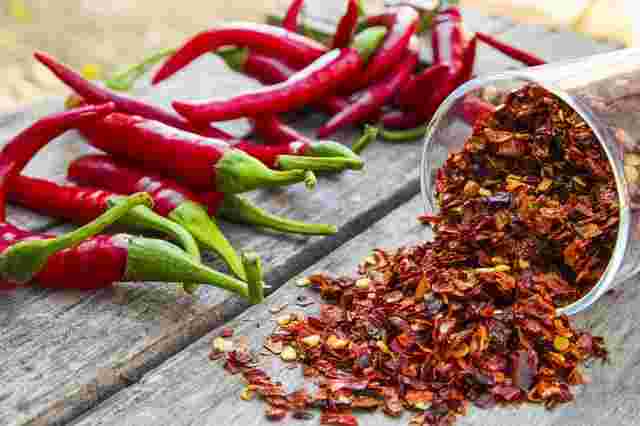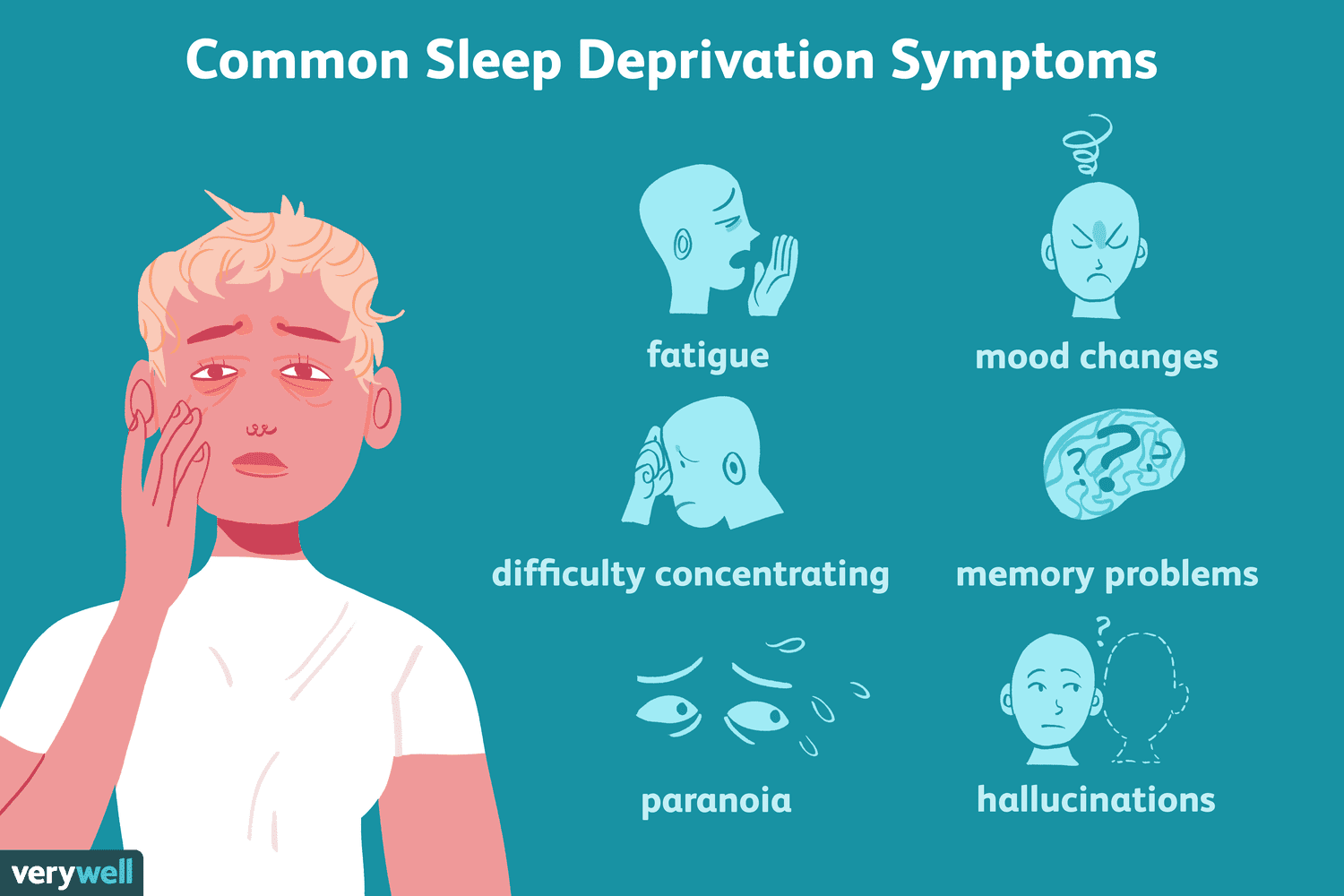In our daily life, spicy, capsaicin and chili pepper are indispensable elements. Together they build a spicy experience that adds unique flavor and charm to our dishes. In this article, we’ll take a closer look at the relationship between heat, capsaicin, and chili peppers, and their important place in our food culture.
Spicy, a unique taste experience
Spicy, it’s not just a taste, it’s a feeling. It is caused by the capsaicin in chili peppers, such as capsaicin and dihydrocapsaicin. These capsaicins stimulate the tip of our tongue, producing a burning sensation, and sometimes even irritate the tear ducts, causing tears to flow. However, it’s this kick and searing that makes spiciness such a captivating flavor experience, adding rich layers of flavor to our dishes.
Capsaicin: the source of spiciness
Capsaicin is an active ingredient in chili peppers and the source of their spiciness. It has anti-inflammatory, antioxidant, antibacterial and anti-cancer properties and has many benefits for human health. Capsaicin mainly exists on a substance called "capsaicin receptor" in the pepper fruit. When we eat pepper, the capsaicin receptor will combine with capsaicin, thereby producing a spicy feeling. Interestingly, each person’s tolerance for spiciness differs due to differences in capsaicin receptor sensitivity.
Chili pepper: the carrier of spicy food
Chili pepper, a spice popular around the world, is an important carrier of spiciness. According to the shape and characteristics, peppers can be divided into many types, such as dried peppers, pickled peppers, millet peppers, etc. Different types of chili peppers differ in taste, spiciness and application. For example, Chaotian peppers have a higher spiciness and are suitable for heavy-flavored dishes; while vegetable peppers have a lighter taste and are suitable for cooking vegetables. In addition, there are also certain requirements for the storage and consumption of peppers. Generally speaking, dried chili peppers should be stored in a cool, dry place to avoid moisture; fresh chili peppers should be kept refrigerated in a low-temperature environment.
Summary: A wonderful journey with spicy food
In our diet, heat, capsaicin, and chili peppers are interconnected to create a wonderful spicy experience. Spicy brings us a unique taste and excitement, while also adding rich layers and flavor to dishes. Capsaicin, the source of spicy food, has many benefits, such as anti-inflammatory, antioxidant, antibacterial and anti-cancer. As a carrier of spiciness, chili peppers have many types and uses, which can meet the taste needs of different people.
In this diverse and challenging world of food, spicy food undoubtedly adds endless fun and excitement to our lives. Whether we are pursuing taste enjoyment or health and wellness, spicy food is a part that we cannot ignore. Let’s explore the charm of spicy food together and enjoy the wonderful flavor journey brought by capsaicin and chili peppers!
Spicy food might burn in the moment, but it likely won't harm your health in the long term



